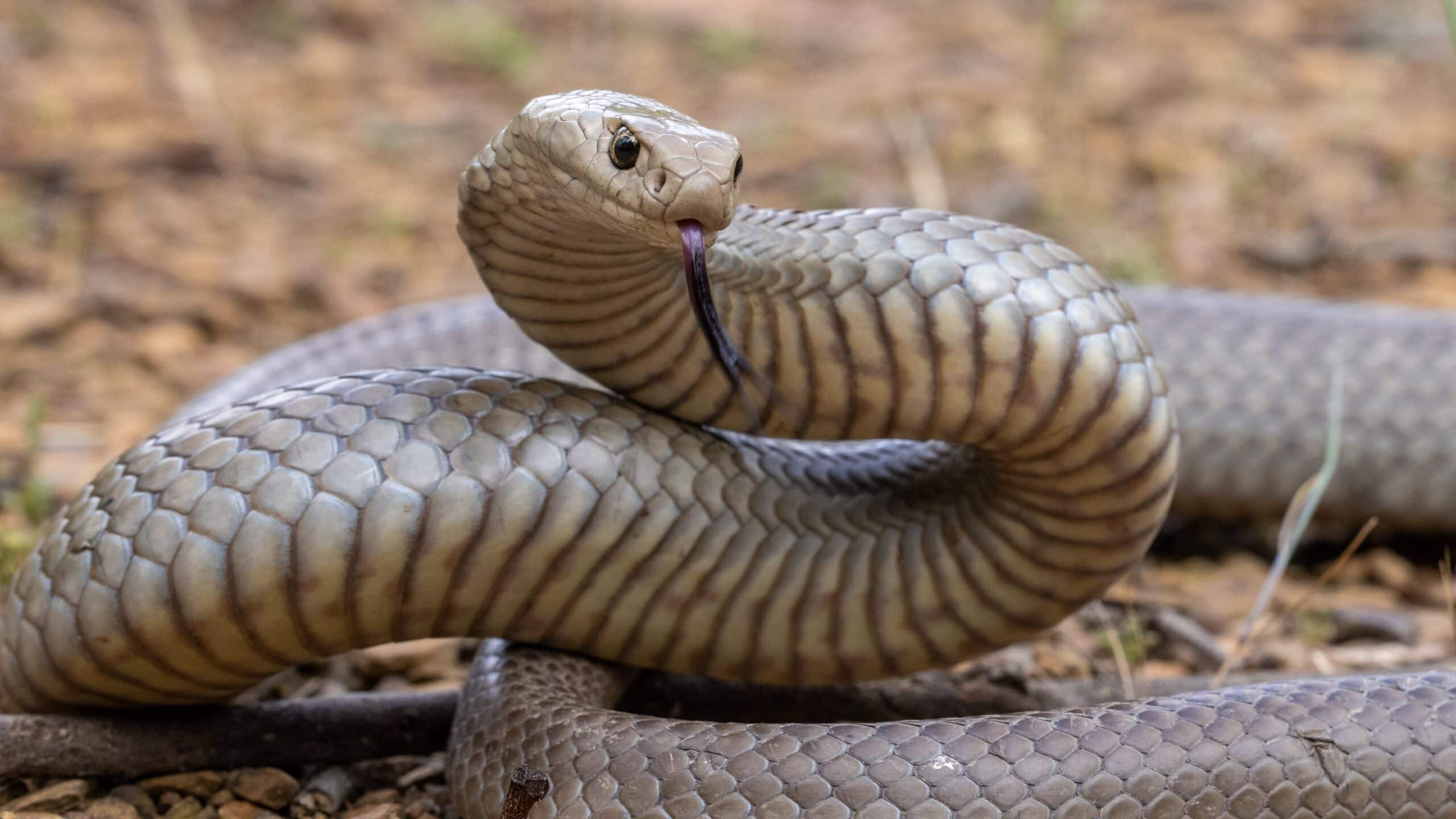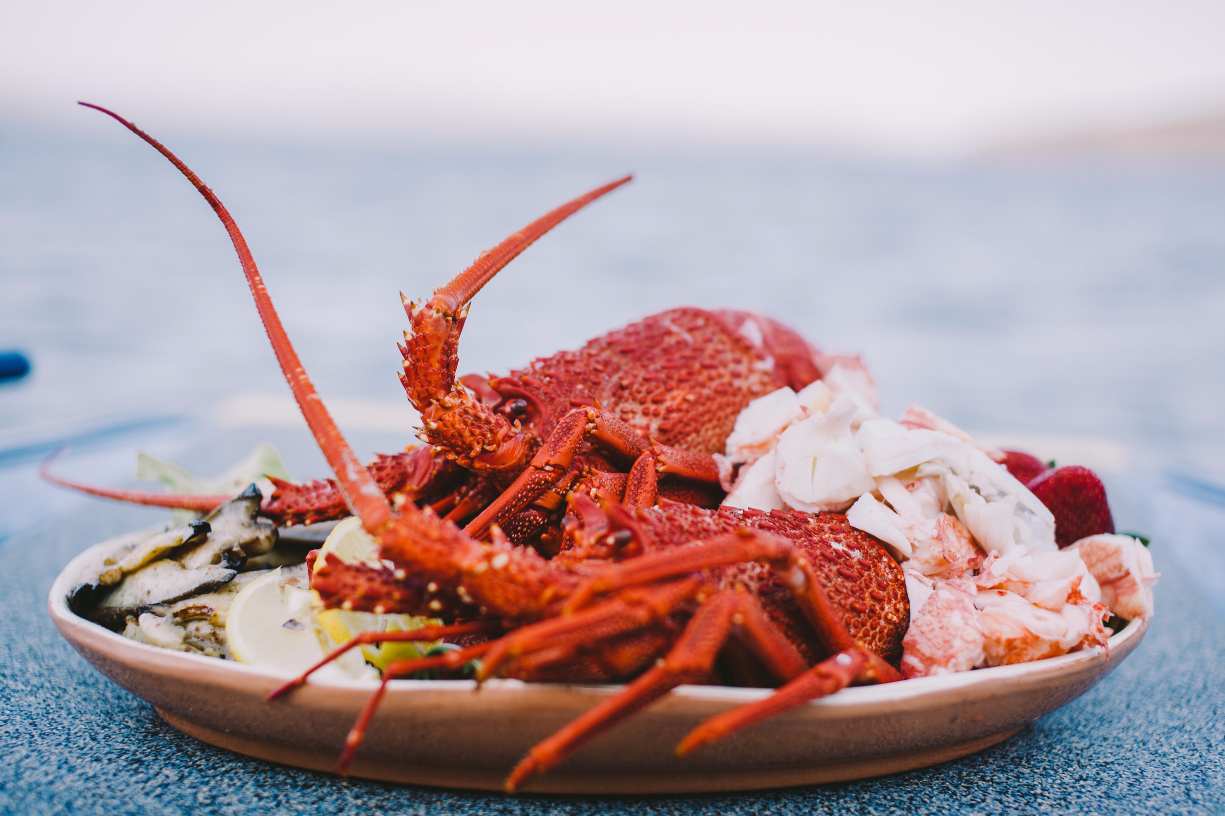Dangerous animals in Australia have earned the continent a fearsome reputation, drawing curious travelers, wildlife lovers, and thrill-seekers from around the world. With its vast deserts, tropical coastlines, dense rainforests, and coral reefs, Australia offers an extraordinary variety of ecosystems—each home to creatures that are as fascinating as they are deadly. From venomous jellyfish in the turquoise shallows to stealthy snakes in suburban backyards, Australia’s biodiversity is both a marvel and a warning. According to the experts at the Australian Museum, many of the world’s most dangerous species are found nowhere else but here, making education and awareness essential for residents and visitors alike.
While some threats are obvious—like the saltwater crocodile that patrols northern waterways—others are deceptively small, like the Irukandji jellyfish, no larger than a fingernail yet capable of causing excruciating pain and even heart failure. In recent years, lifeguard associations and beach safety campaigns across the country have increased public education, with organizations such as Surf Life Saving Australia offering real-time updates on beach conditions and marine hazards. Nonetheless, even well-prepared beachgoers may encounter hidden dangers in Australia’s natural playgrounds.
In the arid outback and eucalyptus forests, serpents like the Eastern brown snake and the Inland taipan silently dominate the landscape. These snakes, both ranked among the most venomous in the world, are responsible for the majority of snakebite fatalities in the country. Still, fatalities remain low due to advancements in emergency medical care and the increasing availability of antivenoms. Conservationists remind the public that these creatures are not villains, but vital parts of Australia’s ecological web.
Even suburban homes and gardens aren’t immune to surprise encounters. The Sydney funnel-web spider, notorious for its aggressive defense and potent venom, thrives in densely populated areas, often hiding in shoes, sheds, and even children’s toys. Fortunately, since the introduction of effective antivenoms, deaths have been prevented for decades. Similarly, bull ants—large, intelligent, and territorial—deliver stings that can trigger anaphylactic shock. Their growing interaction with humans, especially in expanding urban regions, has prompted entomological research supported by institutions like The University of Sydney.
Underwater, colorful killers such as the blue-ringed octopus and stonefish lure unsuspecting swimmers and snorkelers with their striking appearances. These creatures are part of the larger conversation around marine safety and reef conservation, particularly in popular tourist destinations like the Great Barrier Reef. Their presence underscores the paradox of Australian nature: what enchants the eye may endanger the body.
Despite the dangers, Australia’s wildlife remains a source of national pride, scientific intrigue, and ecological importance. The goal is not to instill fear but to promote respect and understanding. When armed with knowledge, travelers and locals alike can safely explore one of Earth’s most astonishing and mysterious continents.
Terrifying Encounters: Australia’s Most Feared Creatures
Saltwater Crocodiles: Apex Predators of the North
Saltwater crocodiles, or “salties,” are among the most Dangerous animals in Australia. Found in northern coastal regions, they can grow over 6 meters long and weigh up to 1,000 kg. Habitat: These crocs inhabit rivers, estuaries, and beaches. Behavior: Known for their ambush tactics, they remain hidden underwater until the perfect moment to strike. Human Impact: On average, one to two fatal attacks occur annually, with dozens of non-fatal encounters. Protection Measures: Australia enforces strict warning signs and restricted access to known crocodile zones. Conservation Status: Protected under the Environment Protection and Biodiversity Conservation Act 1999, their population is estimated to be over 100,000 in the wild.
Box Jellyfish: The Silent Swimmer
The box jellyfish is among the most venomous marine creatures, responsible for over 70 deaths in Australia since 1883. Venomous Tentacles: Up to 3 meters long, they contain thousands of nematocysts delivering painful stings. Danger Zones: Northern waters of Queensland, especially between November and May, are peak seasons. Sting Symptoms: Victims may suffer cardiac arrest in under five minutes. Prevention: Vinegar stations and stinger nets are common on beaches. Medical Aid: Antivenoms are available, though quick CPR is often critical. This species ranks high among Dangerous animals in Australia due to its lethal nature.
Eastern Brown Snake: Fast, Aggressive, Deadly
Responsible for over 60% of snakebite deaths in Australia, the Eastern brown snake is highly venomous. Distribution: Found throughout eastern and central Australia. Venom Power: Its neurotoxic venom can cause paralysis and cardiac arrest within an hour. Human Encounters: About 3,000 snakebites are reported annually, with 300 needing antivenom. Habits: Active during the day, it thrives in both bushlands and urban areas. Emergency Response: Pressure immobilization bandages are a life-saving first aid. Among Dangerous animals in Australia, its proximity to human populations increases risk dramatically.
Blue-Ringed Octopus: Small but Deadly
Despite its small size—just 12 to 20 cm—the blue-ringed octopus carries enough venom to kill 26 adult humans in minutes. Camouflage Ability: Normally beige, its blue rings flash only when threatened. Toxin Impact: Contains tetrodotoxin, causing paralysis with no known antivenom. Encounter Areas: Tide pools and shallow coastal waters across southern Australia. Human Risk: Few fatalities reported, but many near-death cases highlight its danger. Behavior: Not aggressive, but defensive when disturbed. Its silent threat earns it a spot among Dangerous animals in Australia.
Inland Taipan: The World’s Most Venomous Snake
Known as the “fierce snake,” the Inland taipan’s venom is estimated to be 50 times more toxic than the Indian cobra’s. Bite Impact: A single bite can kill a human in under 45 minutes. Location: Rarely seen, mostly in the remote regions of Queensland and South Australia. Antivenom Success: Despite its potency, there are no recorded deaths, largely due to its reclusive nature. Venom Components: Contains taipoxin, a complex mix of neurotoxins, hemotoxins, and myotoxins. Precautionary Measures: Encounter is rare, but extreme caution is advised. Its venom makes it one of the most Dangerous animals in Australia.
Sydney Funnel-Web Spider: A Houseguest from Hell
This spider is considered one of the most dangerous arachnids in the world. Distribution: Found in New South Wales, especially near Sydney. Venom Effect: A bite from a male can be fatal within 15 minutes. Human Incidents: Over 30 serious bites occur each year. Antivenom Success: Since its introduction in 1981, no fatalities have been recorded. Behavior: Aggressive and often found in shoes or garden tools. For residents, it’s a constant reminder of Dangerous animals in Australia living close to home.
Stonefish: The Sea’s Most Venomous Ambusher
This master of disguise is considered the most venomous fish on Earth. Habitat: Common in northern Australian waters, often buried in sand. Sting Consequences: Intense pain, paralysis, and sometimes death. Incidents: Around 25 stings are recorded annually in Queensland alone. Prevention: Wearing protective footwear is strongly advised. Treatment: Hot water immersion and antivenom are the go-to methods. As one of the most Dangerous animals in Australia, it poses a constant threat to swimmers and fishermen.
Deadly Beauty: Venomous Animals Hiding in Plain Sight
Cone Snail: Deadly Design in a Shell
The cone snail may look harmless, but its venomous harpoon can cause paralysis or death. Species: Over 100 species found along Australia’s coasts, particularly in the Indo-Pacific. Toxin Details: Conotoxins target the nervous system. Fatality Cases: Rare, but around 30 human deaths have been reported globally. Camouflage: Resembles common seashells, often picked up by curious beachgoers. Defense Mode: Uses a hollow tooth as a hypodermic needle. A perfect example of hidden Dangerous animals in Australia.
Irukandji Jellyfish: Invisible and Inescapable
Measuring just 1 cm, this jellyfish causes excruciating pain and heart failure. Geographic Range: Found from northern Queensland to Western Australia. Irukandji Syndrome: Intense pain, nausea, hypertension, and anxiety. Incidents: Over 100 cases are reported each year in Queensland alone. Lack of Antivenom: Treatment is only supportive care. Size Deception: Despite its size, it’s among the most Dangerous animals in Australia.
Marbled Cone Snail: Beautiful Yet Brutal
The marbled cone snail is striking in color and shape, yet its venom can kill in minutes. Venom Speed: Causes muscle paralysis within 1-4 hours. Tourist Hazard: Often picked up by unaware beachcombers. No Antidote: Like other cone snails, treatment is only supportive. Shell Length: Reaches 10 cm, making it easy to notice—but not recognize. Bite Incidents: Rare but fatal. It’s another silent member of the Dangerous animals in Australia.
Bluebottle (Portuguese Man O’ War): Floating Danger
Despite looking like a jellyfish, this siphonophore delivers painful stings. Tentacle Reach: Up to 10 meters, often invisible in water. Seasonal Swarms: Thousands wash up on beaches during the summer. Sting Count: Over 10,000 stings reported in Queensland in 2020 alone. Symptoms: Red welts, breathing difficulty, and chest pain. Treatment: Rinse with seawater, not freshwater. Among the most overlooked Dangerous animals in Australia.
Fire Urchin: Fiery Touch of the Reef
The fire urchin is a vibrant reef dweller with venomous spines. Appearance: Red and purple with flashing blue spots. Sting Effects: Numbness, swelling, and difficulty breathing. Habitat: Found in shallow tropical waters, including the Great Barrier Reef. Swimmer Risk: Often stepped on accidentally. Recovery: Can take weeks. Its beauty conceals its identity among Dangerous animals in Australia.
Bull Ants: Pain with Precision
These large ants, up to 40 mm in length, deliver one of the most painful stings. Habitat: Common across forests and gardens in eastern Australia. Aggression: Chase intruders aggressively. Sting Effects: Anaphylaxis in 3% of bite victims. Species Count: Over 90 bull ant species in Australia. Daily Threat: Frequent encounters make them highly Dangerous animals in Australia.
Crown-of-Thorns Starfish: Coral Killer with Spikes
This venomous starfish destroys coral reefs and causes painful wounds. Impact: A single starfish can consume 6 square meters of coral annually. Spine Venom: Causes nausea, vomiting, and swelling. Reef Damage: Responsible for over 40% coral loss on the Great Barrier Reef. Sting Risk: Common to divers and snorkelers. Conservation Issue: Considered both an environmental and human hazard among Dangerous animals in Australia.




